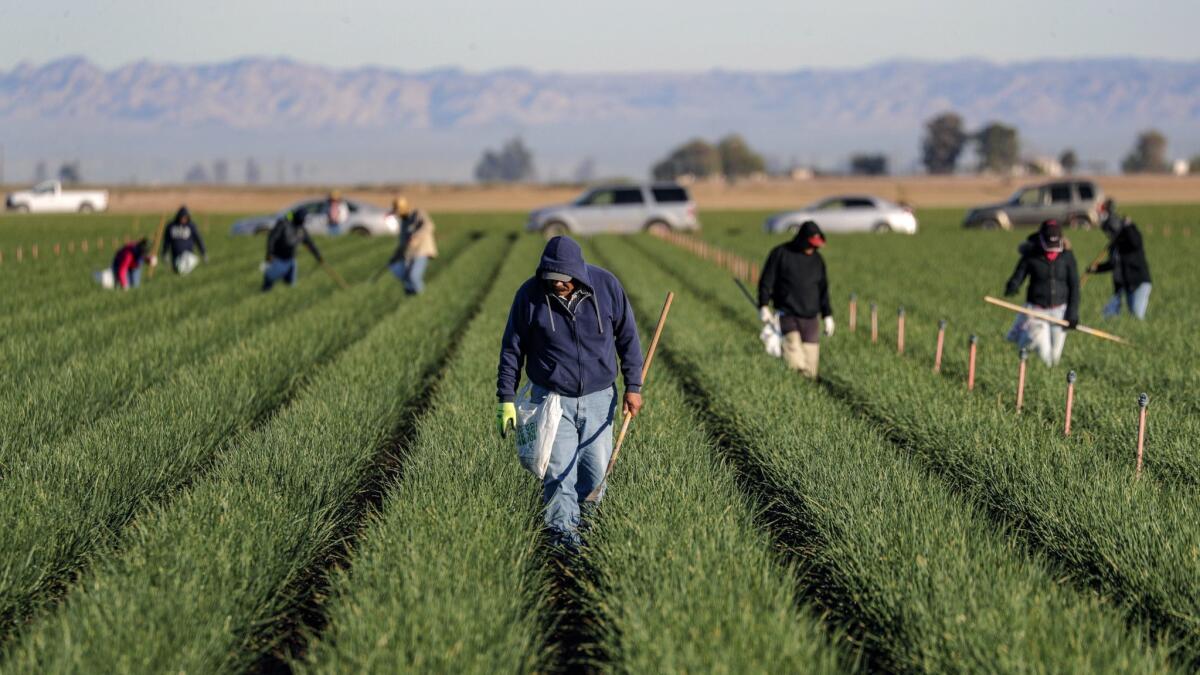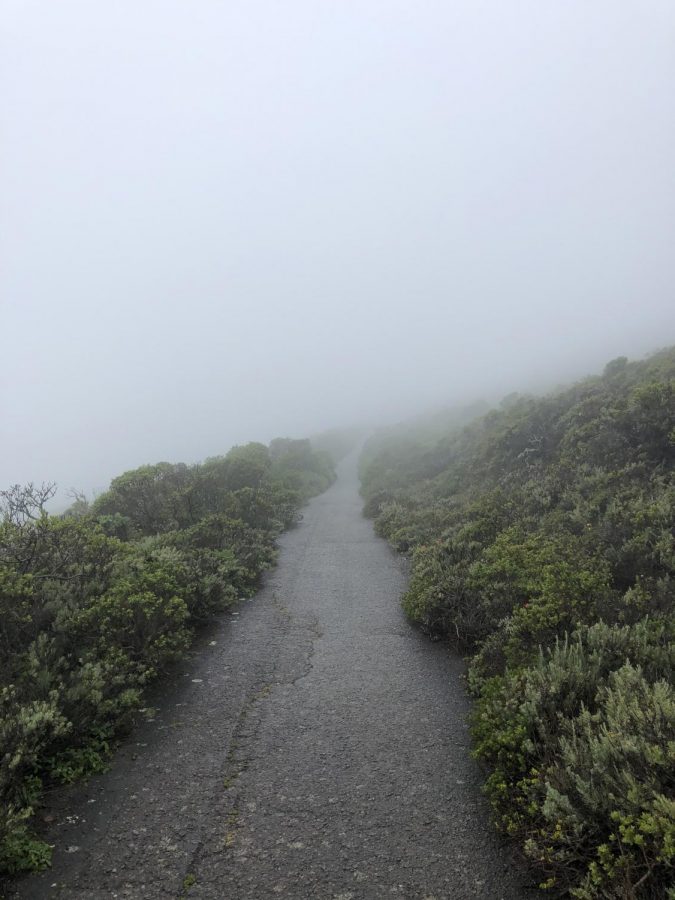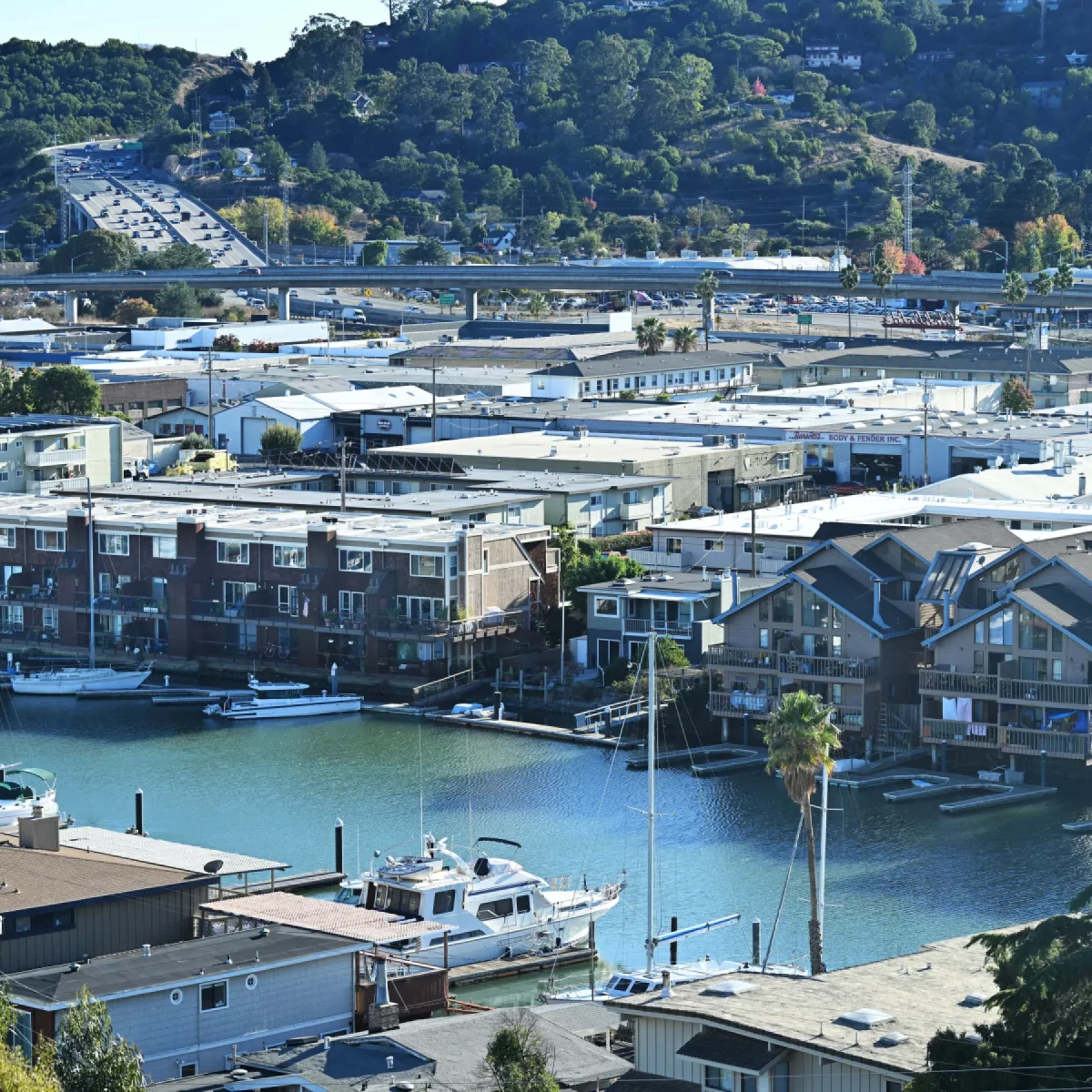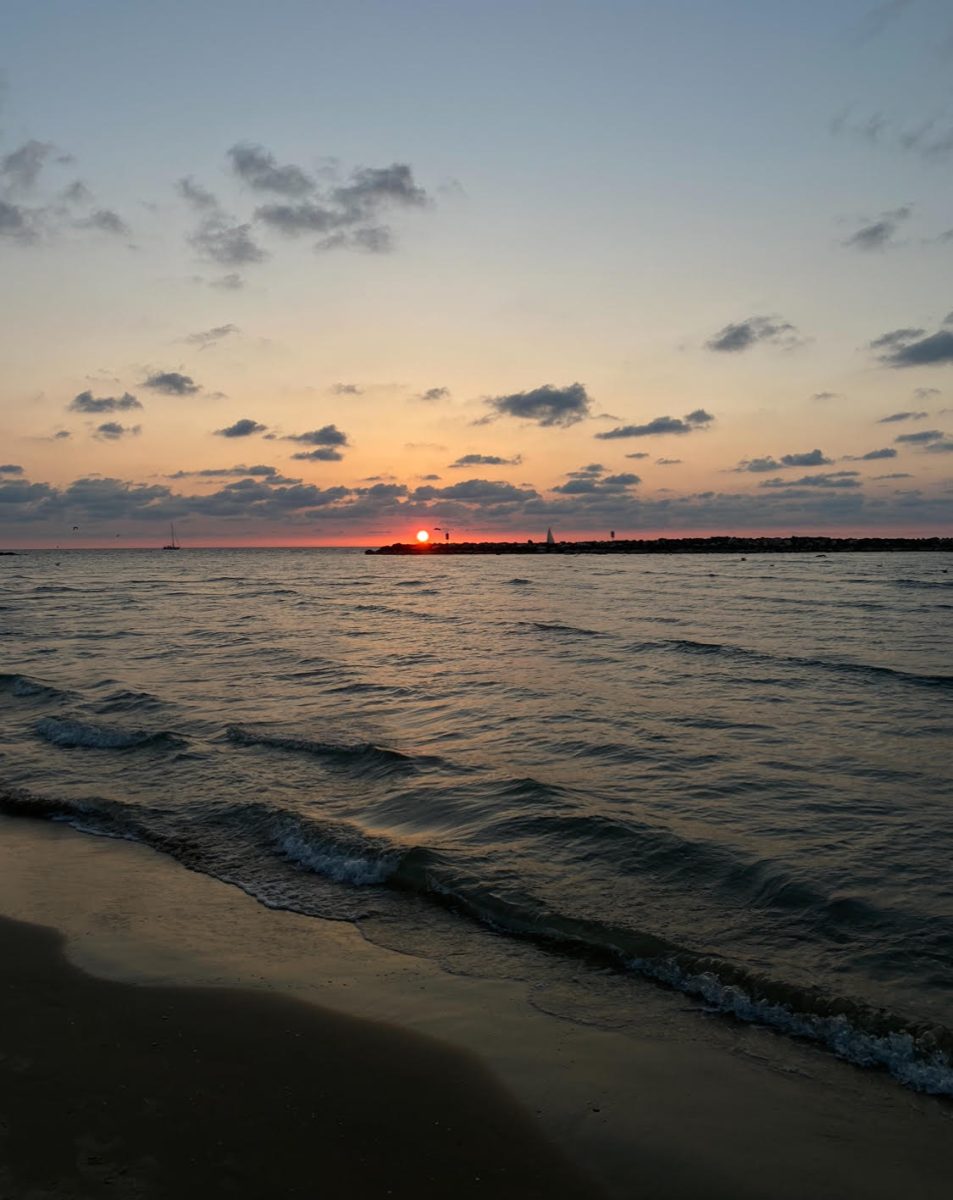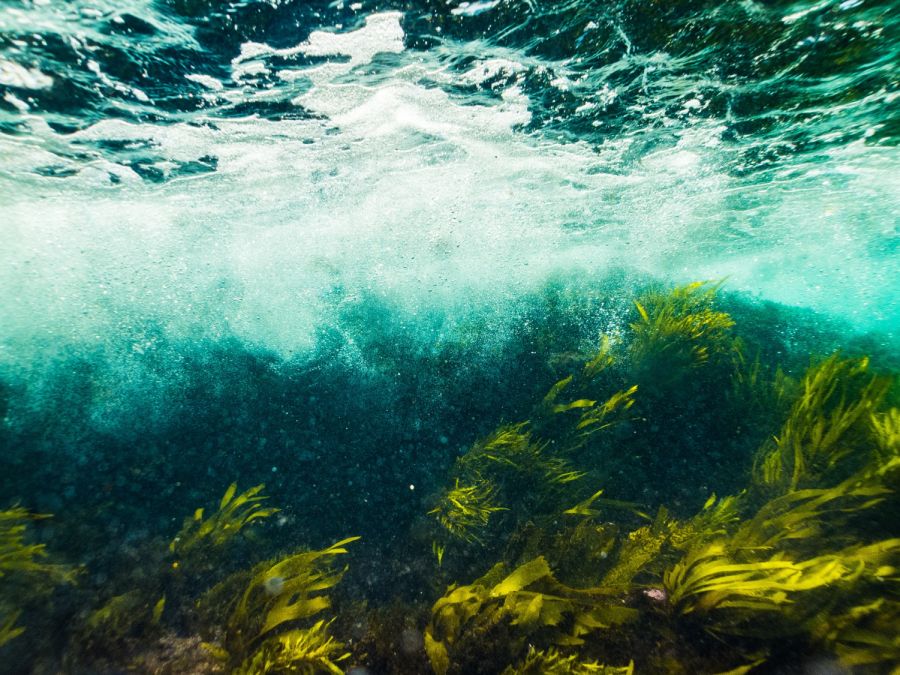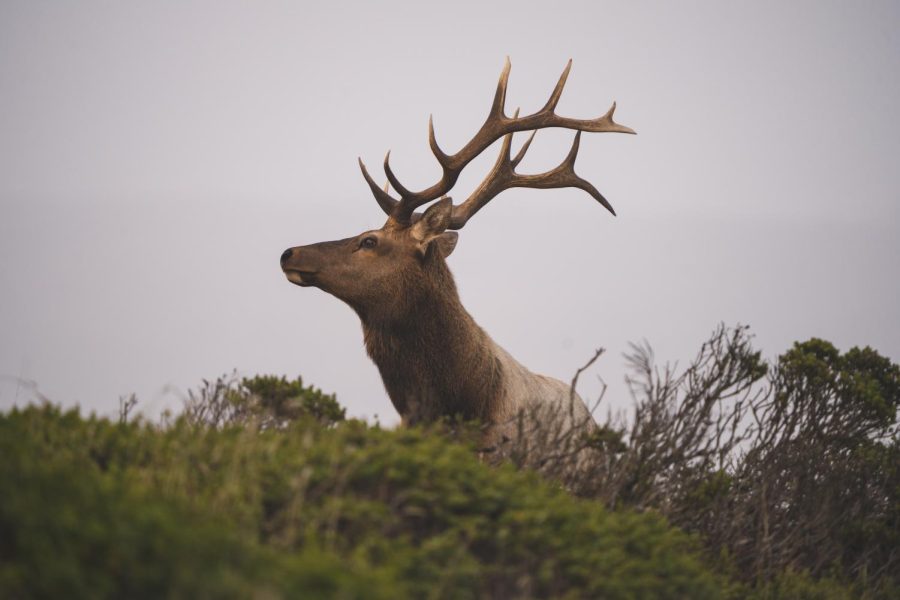Tule Elk Troubles
March 11, 2022
In January of this year, environmental groups and the Animal Law & Policy Clinic at Harvard Law School filed lawsuits and case briefs on behalf of the Tule Elk at Point Reyes, Calif. In mid-December of last year, the National Park Service promised to update the elk’s General Management Plan within the next three years. Some groups are suing because of the contents of the plan, but The Animal Law & Policy Clinic at Harvard Law School filed a case brief requesting that the proposed timeline be shortened as an additional part of a lawsuit that has been continuing for several months in efforts to save the elk.
The plan’s timeline is not adequate enough to save the elk, according to environmentalists and attorneys working on the cases. “Its proposed timeline is completely unacceptable,” says Kate Barnekow, the lead attorney representing the Plaintiffs of the case. Barnekow explained that last summer, 72 elk died in addition to the 152 deaths in 2020 and 257 deaths during the 2013-2015 drought. Their deaths were due to starvation and hunger because they were fenced into just 2,600 acres of land and couldn’t leave to find resources.
She described the amount of elk deaths to be “staggering.” She added, “Without relief, Tule Elk will continue to suffer and die horrific deaths at alarming rates.”
Other environmentalist groups are suing because of the Plan’s content, which benefits the ranching industry more than the elk. The General Management Plan fences the elk in just 2,600 acres of land at the Point Reyes International Seashore. This has led to hundreds of elk deaths–such small amounts of land to graze on leads to starvation. The plan also permits elk to be shot for the population and damage control the ranchers need. Though this relieves ranchers, it upsets environmentalists.
“The Park Service has long mismanaged Point Reyes by allowing ranchers to use and abuse the park for private profit,” says Jeff Miller, Senior Conservation Advocate of the Center of Biological Diversity. “Point Reyes belongs to the public, not a handful of ranchers,” he says. However, the ranchers were at Point Reyes for over one hundred years before it was made a National Park.
Environmentalists, ranchers, and officials have been disputing over the Tule Elk in Point Reyes for years. “Wherever they live, they are in conflict with people,” says biology and AP Environmental Science teacher, Mrs. Frack. “Cattle, sheep, and all these ranch animals we need for food live in the same kind of ecosystem that the Tule Elk need.”
The fence that was put in place to keep the elk away from the ranches is a cause of concern for people who care about the elk. “People are really upset about it because in a drought, like we’re experiencing right now, they can’t leave to go find water,” says Mrs. Frack. But ranchers need the fence to stay intact. “The elk would break down fences, they’d hop the fences,” she explains. “Ranchers need that grass and water for their cattle and yet they’re feeding elk.”
Ranchers want there to be fewer elk so their pastures and resources won’t be damaged. On the other hand, environmentalists argue that there shouldn’t even be ranchers in a National Park. “National Parks have a job of preservation of land. And here we have ranches in a National Park and that’s not normal,” she says.
In order for Point Reyes to become a National Park, the National Park Service had to buy land from the ranchers. Ranchers allowed their land to become part of the National Park as long as they could buy back and use the land for ranching, which several are still doing. In order to be successful, the ranchers need less elk on their land. “Ranchers want fewer elk so they aren’t getting into the pastures,” says Mrs. Frack.
However, environmentalists believe elk should get more benefits from the General Management Plan than ranchers because they are native to Point Reyes. According to the National Park Service, they are endemic to California and protected only at the Point Reyes National Seashore. The Tule Elk at Point Reyes are a rare species, unique to that land and no other National Park. If you would like to contribute to the conservation of Tule Elk, visit https://www.forelk.org/take-action.


